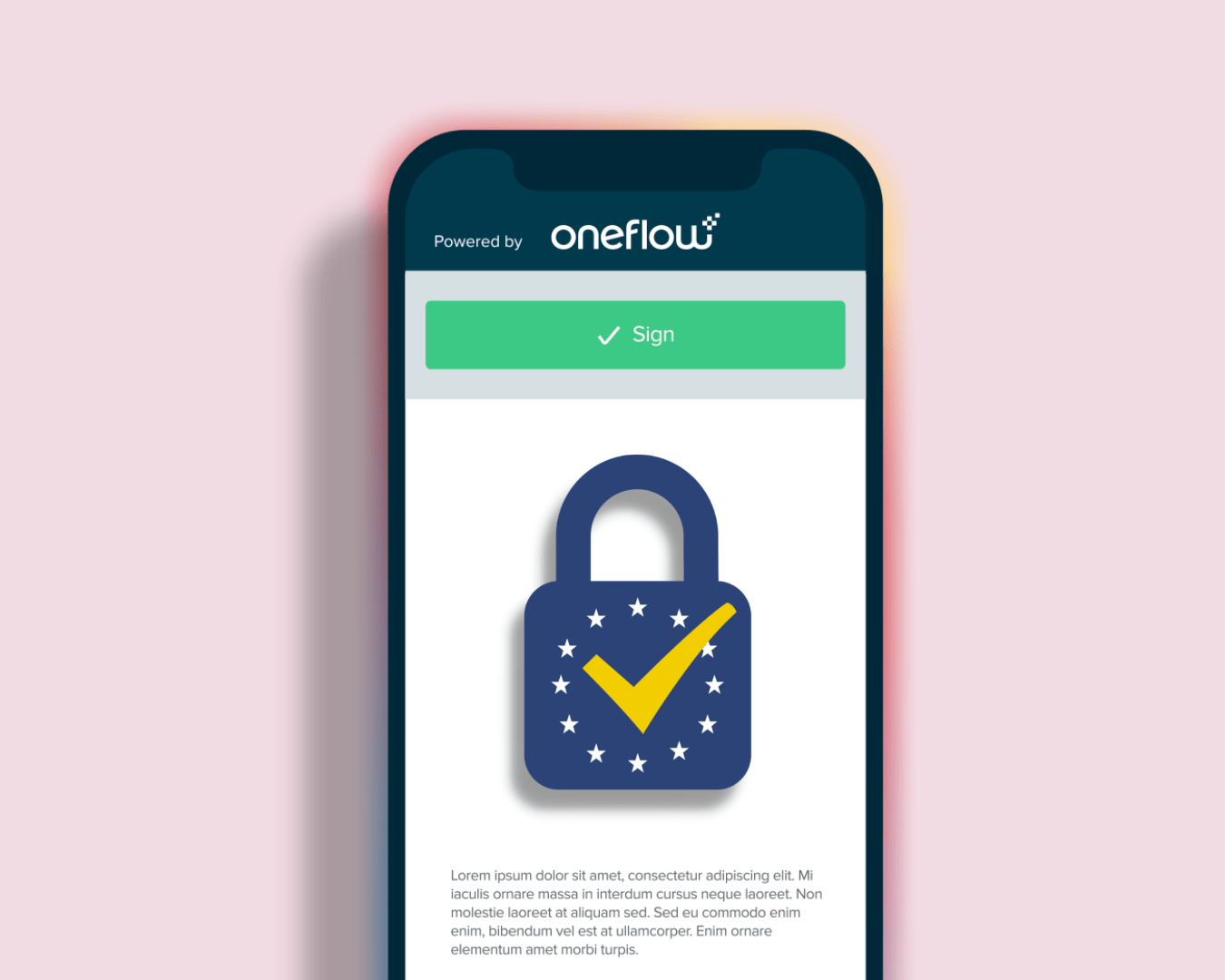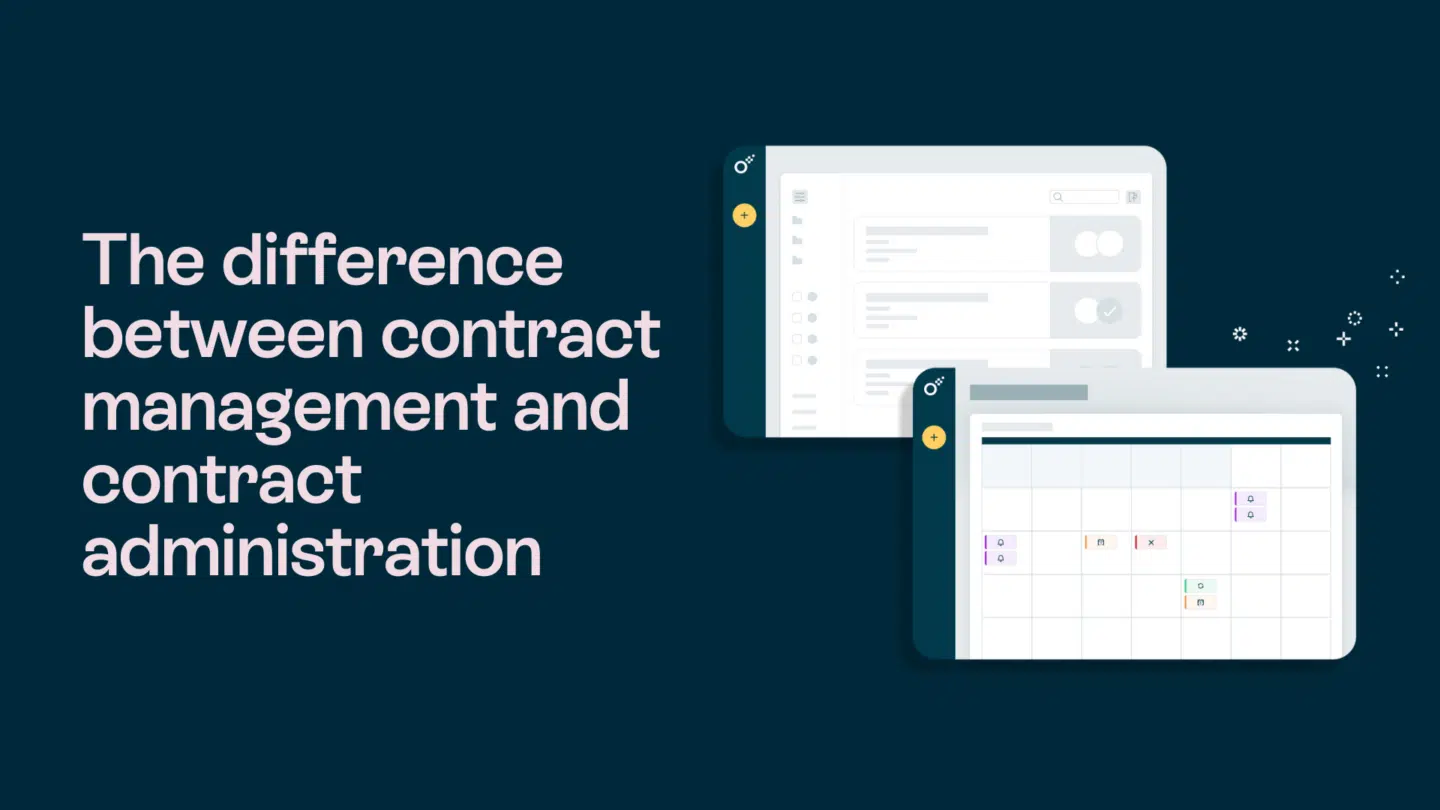Emailing contracts back and forth during contract negotiation remains a common business practice, despite the increasing availability of contract collaboration and review tools. Oneflow’s recent survey of 200 professionals revealed that 65.67% of respondents use email to review and agree on contracts, highlighting an everyday practice that requires closer examination.
Relying on email for managing contracts introduces significant risks that can compromise security, efficiency, and legal clarity.

The risks of using email for contract collaboration
Utilizing email for contract-related communications presents several challenges:
- Security vulnerabilities: Emails can be intercepted or accessed by unauthorized parties, leading to potential data breaches. The Financial Times reports that cybercrime, including email-based attacks, is forecast to cost $9.5 trillion in 2024, underscoring the importance of secure communication channels.
- Version control issues: Exchanging contract drafts via email often results in multiple versions, causing confusion and errors. Using email for document review and approval can lead to version control problems, making it difficult to track the most current document iteration.
- Legal ambiguities: Informal email exchanges can unintentionally create legally binding agreements, leading to disputes. For example, in the case of Athena Brands Ltd vs. Superdrug Stores PLC [2019], email correspondence was deemed sufficient to form a binding contract, highlighting the legal risks of casual email communications.
Emailing contracts risks: Emails under attack
Research indicates that email communication is prone to misunderstandings and security threats. The European Business Review emphasizes that weak passwords and phishing attacks can compromise email systems, leading to unauthorized access to sensitive contract information.
Additionally, the Financial Times highlights the rise of sophisticated ransomware and social engineering attacks targeting email communications, further underscoring the need for secure alternatives.
Adopting secure alternatives
To mitigate these risks, consider implementing the following strategies:
- Utilize dedicated contract management platforms: These platforms provide secure environments for contract creation, negotiation, and storage, ensuring all parties access the most current version. Oneflow, for instance, offers a collaboration portal that allows third parties to submit contract redlines in real-time, review contracts, and receive alerts within a secure system, reducing reliance on email.
- Implement e-signature solutions: Tools like Oneflow and other tools similar to Docusign offer secure electronic signatures, reducing reliance on email for contract execution. Oneflow provides a user-friendly interface for document workflows, signing, and managing outstanding documents, ensuring compliance and accuracy.
- Establish clear communication protocols: Define and enforce guidelines for contract-related communications to prevent unintended legal commitments via email. Regular reviews of existing contracts help identify potential risks and ensure compliance with evolving regulations.
Conclusion
While email is a convenient communication tool, its use in contract collaboration and review introduces significant risks. By adopting secure, purpose-built alternatives, businesses can enhance efficiency, maintain legal clarity, and protect sensitive information in the contract management process.
Transitioning to dedicated contract management platforms and e-signature solutions not only mitigates the inherent risks associated with email but also streamlines workflows, ensuring that contract management is both secure and efficient.









